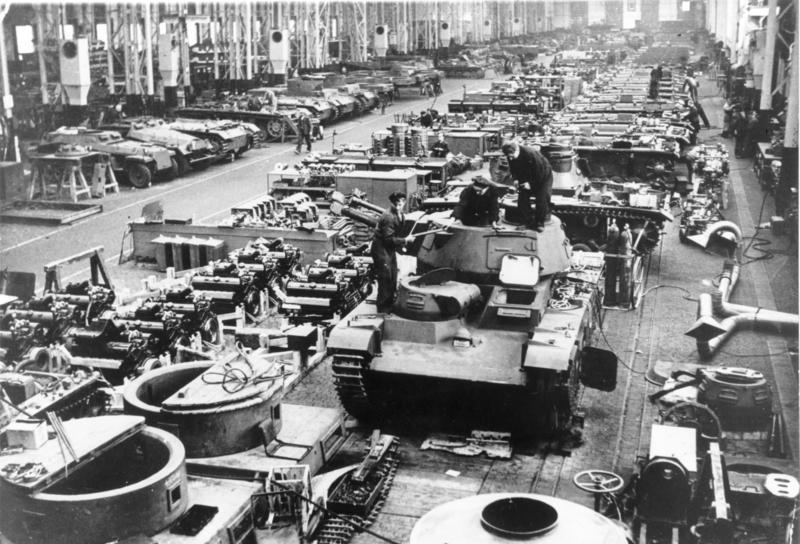33k in the air
Staff Sergeant
- 1,356
- Jan 31, 2021
Of course, you can only operate as many fighters as you have fuel. So you'd need to pump more out of the ground in Austria and increase the synthetic fuel-production.
More importantly, you can only operate as many fighters as you have trained pilots to fly them. And training matters a lot, as an untrained pilot is pretty much a flying target.

